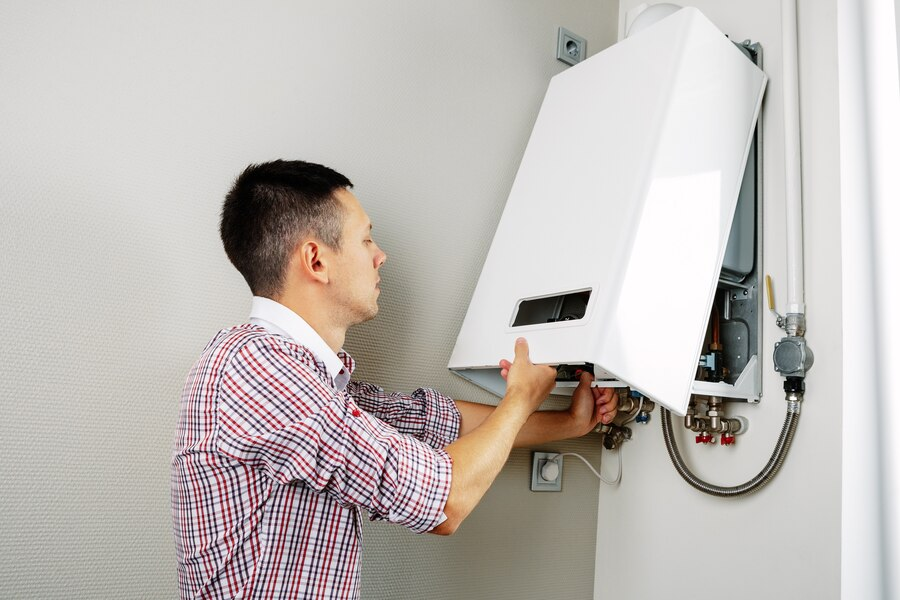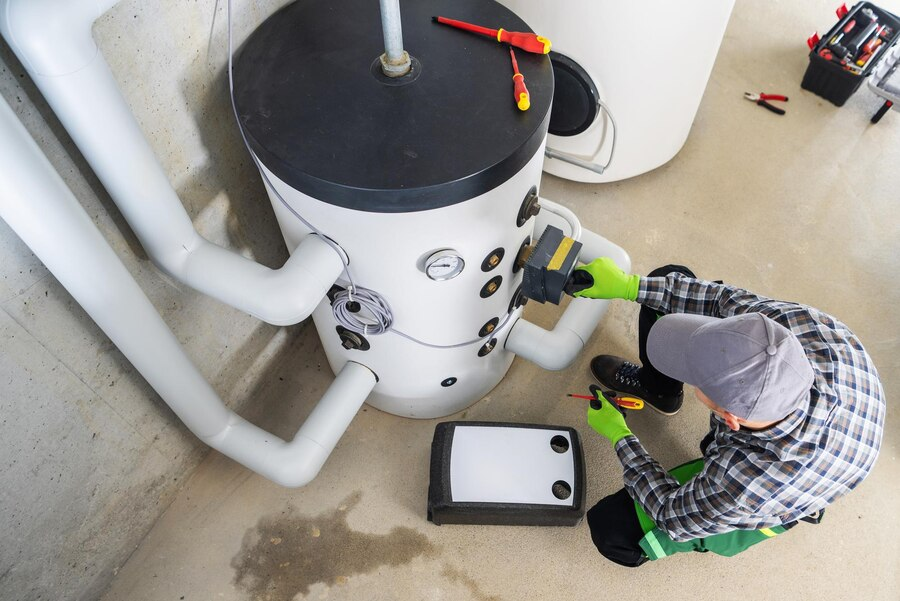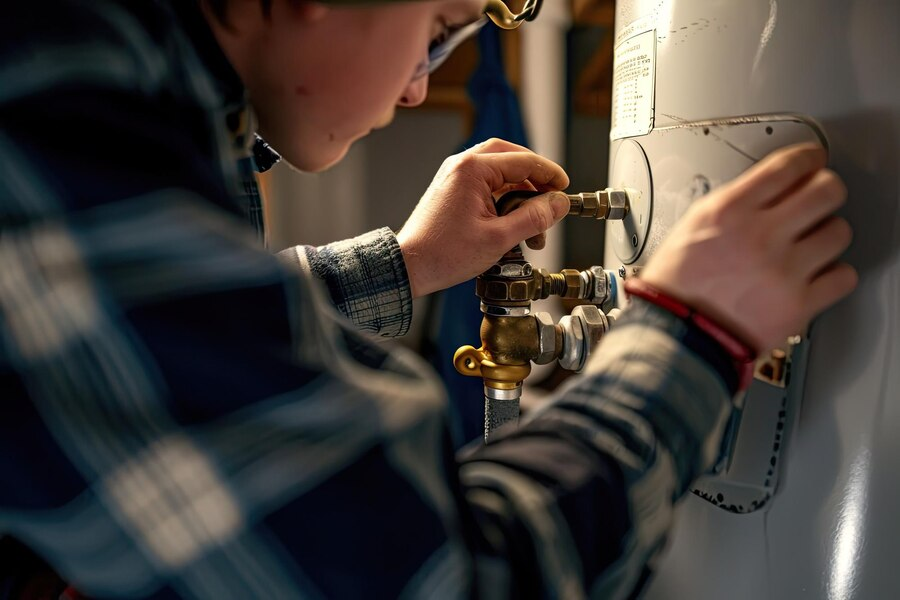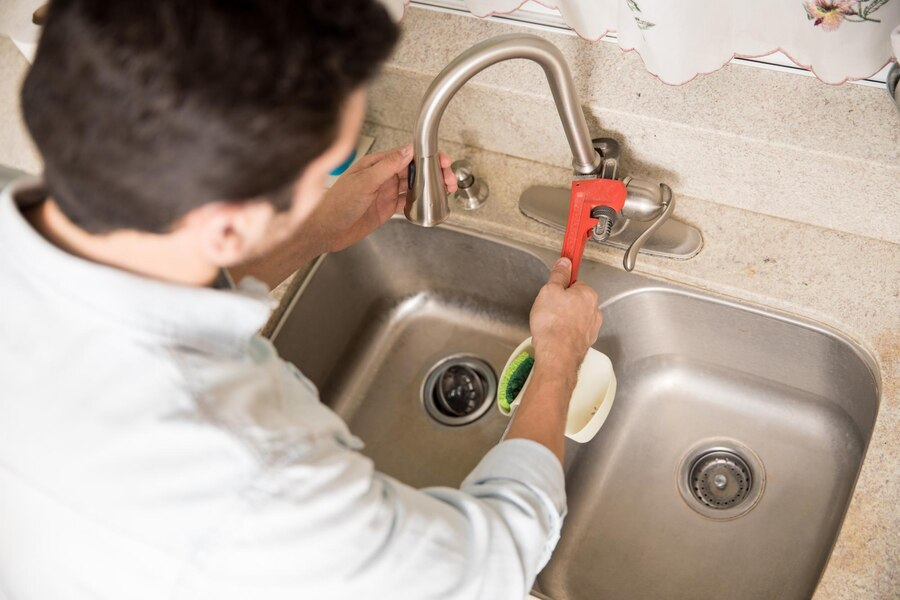How to Prepare Your Home for a New Boiler Installation
When it's time to replace your old boiler with a new, more efficient model, preparation is key to ensuring a smooth installation process. In Northampton, where homes vary in size and style, proper preparation can make a significant difference. Here’s a comprehensive guide on how to prepare your home for a
new boiler installation.
Choose the Right Boiler
Before anything else, it's crucial to select the right boiler for your home. Consider the size of your property, your heating needs, and your budget. Consult with a professional to determine whether a combi, system, or regular boiler is best suited for your home. Choosing the right model ensures efficiency and cost-effectiveness.
By considering these factors, you can choose a boiler that meets your home’s needs, operates efficiently, and provides long-term value. Proper selection and installation are key to achieving optimal performance and comfort in your home.
Clear the Installation Area
The area where the new boiler will be installed should be clear of any obstacles. Remove any furniture, appliances, or other items that might obstruct the installation process. If the boiler is being installed in a cupboard or a confined space, ensure there is ample room for the engineers to work comfortably and safely.
Remove Obstructions
Start by removing all furniture, appliances, and personal items from the area where the new boiler will be installed. This includes any items stored in cupboards, closets, or storage spaces where the boiler is to be placed. Ensure the space is completely clear to give the installers ample room to work.
Protect Flooring and Surfaces
Since the installation process can be messy, it's a good idea to protect your flooring and any nearby surfaces. Lay down protective sheets or drop cloths to prevent dust, dirt, or potential damage. If the installation area has delicate or valuable flooring, consider using additional protective materials to safeguard it.
Ensure Proper Ventilation
Boiler installations can generate dust and fumes, so ensure the area is well-ventilated. Open windows and doors to allow for proper airflow, which helps in maintaining a clean environment and minimizes any potential exposure to dust or fumes.
Move Nearby Items
If there are items in adjacent areas that might be affected by the installation, such as delicate or valuable objects, it’s wise to move them to a different location. This includes items like artwork, electronics, or decorative pieces that could be damaged during the installation process.
Check for Access Points
Ensure that the installation area is accessible for the engineers. This means checking that doorways, hallways, and any paths leading to the installation site are free of obstacles and wide enough to accommodate any equipment or materials needed for the job.

Check for Accessibility
Ensure that the installation area is easily accessible for the engineers. This includes checking for any potential obstructions like low ceilings, narrow doorways, or tight spaces that might hinder the installation process. Providing a clear path to the installation site helps avoid delays and complications.
By thoroughly checking and improving accessibility, you’ll help ensure that the installation of your new boiler goes smoothly and efficiently. Proper preparation not only speeds up the process but also enhances safety and minimizes potential disruptions.
Prepare for Disruptions
Boiler installations can cause temporary disruptions to your home. Prepare for some noise, dust, and possible interruptions to your heating and hot water supply. It’s a good idea to inform your family and make alternative arrangements if necessary, such as using electric heaters or staying with friends or family.
By planning for these potential disruptions, you can make the installation process smoother and less stressful. Preparing ahead of time ensures you are ready for any inconveniences and helps to maintain your daily routine with minimal interruption.
Ensure Plumbing and Electrical Access
The new boiler will require connections to both the plumbing and electrical systems. Check that the necessary connections are in place and easily accessible. If any modifications are needed, make sure they are completed before the installation day.
Review Your Boiler Location
The location of your new boiler should comply with local regulations and safety standards. If your boiler is being installed in a new location, ensure it meets all requirements for ventilation, safety, and ease of maintenance. Consult with your installer to ensure the chosen location is suitable.
Clear Any Obstructions
If the installation involves moving or replacing pipes, radiators, or other components, clear the area around them. This will facilitate a smoother installation process and help the engineers work more efficiently.
Communicate with Your Installer
Discuss any specific requirements or concerns with your boiler installer beforehand. Ensure you understand the installation process, the expected timeline, and any preparations you need to make. Clear communication helps avoid misunderstandings and ensures a smoother installation.
Conclusion
Preparing your home for a new boiler installation is crucial to ensure a smooth and efficient process. Start by clearing the installation area to provide easy access for the engineers. Ensure that the existing system is fully disconnected and that any required permits or regulations are in place. A well-prepared space helps avoid delays and unexpected issues, allowing for a quicker installation.
For expert advice and professional boiler installation services in Northampton, contact Plumbing & Heating, Gas Engineer Northampton. Call us at +44 1604 343223 to schedule an appointment or get answers to any questions you may have.



